Top Things to Know Before Buying Trailing Indoor Plants
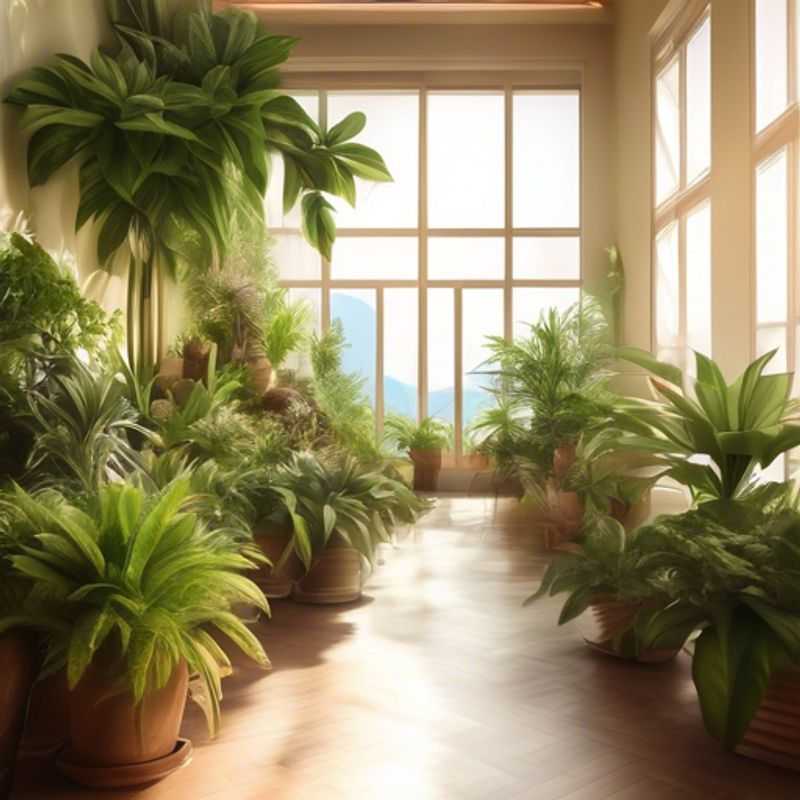
Top Things to Know Before Buying Trailing Indoor Plants: Lighting, Humidity, Growth Habits, Watering, Drainage, Fertilizer, Pest Inspection, and Space Considerations
Bringing nature indoors can be incredibly rewarding, but before you bring home a trailing indoor plant, it’s essential to do your research. Choosing the right plant for your home and lifestyle ensures a flourishing addition to your space. Here's a breakdown of the most important things to consider:
Understand the specific lighting and humidity requirements for the plant. Indoor plants thrive in specific environments. Some prefer bright, indirect light, while others tolerate low-light conditions. Similarly, humidity levels play a vital role. Knowing your home's light and humidity levels will help you choose a plant that can flourish.
Research the plant's growth habits and expected size at maturity. Trailing plants offer a unique charm, but their growth patterns can vary drastically. Knowing how long the stems will grow and how full the plant will become will help you select the right plant for your space.
Consider the plant's water needs and how often it will require watering.
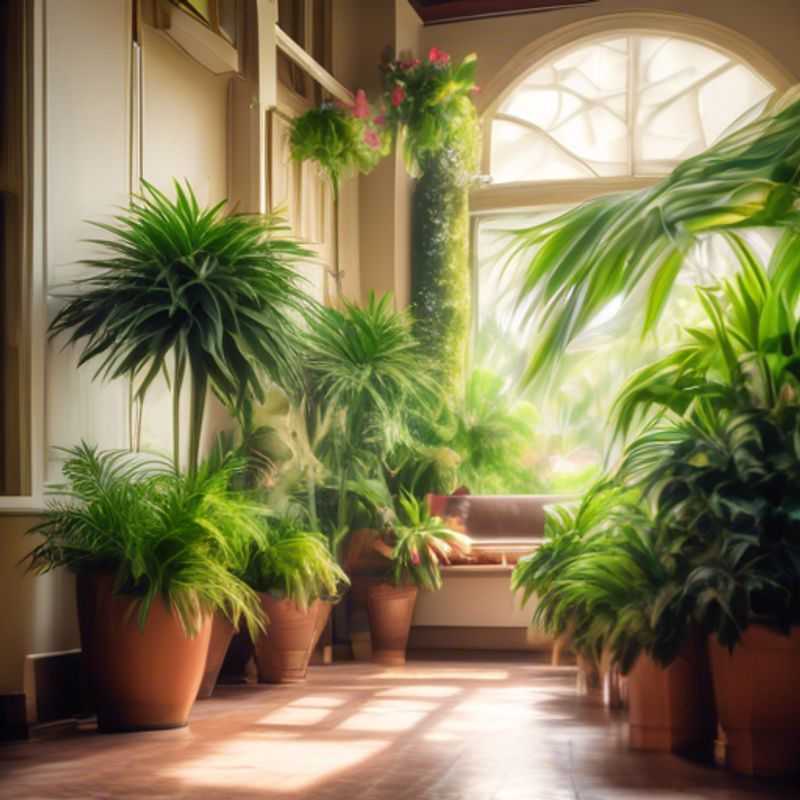
Unlocking Your Plant's Secrets: Understanding Lighting & Humidity Needs
Understanding the lighting and humidity needs of your plants is crucial for their health and growth. Let’s break down the key factors.
Light: Most plants thrive in bright, indirect light. Direct sunlight can scorch leaves, so it's best to place them near a window with a sheer curtain or a few feet away from a south-facing window. Plants with variegated leaves often need more light to maintain their color.
Humidity: Humidity levels are important, especially for tropical plants. Low humidity can lead to dry, crispy leaves. You can increase humidity by grouping plants together, using a humidifier, or placing a pebble tray filled with water beneath the pot.
Measuring Light and Humidity: While observing your plant is a good start, using tools for measurement can provide more accurate information. A light meter helps determine the light intensity, while a hygrometer measures humidity levels. These tools, available online and at garden centers, can give you valuable insight into your plant's environment.
By understanding the specific lighting and humidity requirements for your plants and providing them with the appropriate conditions, you can ensure their thriving and enjoyment for years to come.
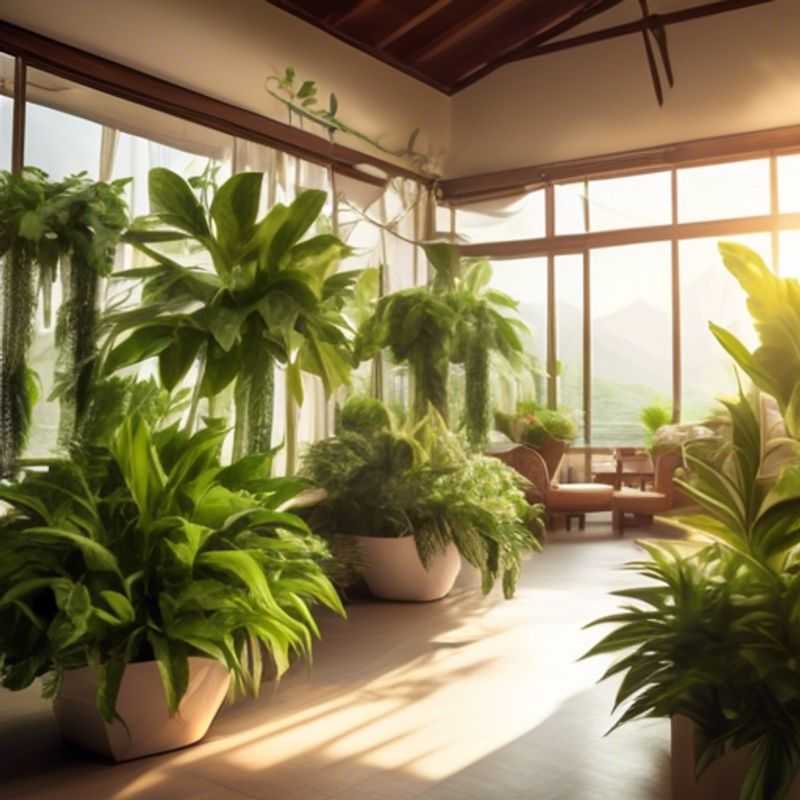
Researching Plant Growth Habits and Expected Size at Maturity: A Guide for Success
Understanding a plant's growth habits and mature size is crucial for successful gardening. Researching these aspects helps you choose the right plants for your space and ensure their optimal growth.
To research growth habits, consider factors like:
Sunlight requirements: Does the plant prefer full sun, partial shade, or shade?
Water needs: Is the plant drought-tolerant or does it require frequent watering?
Soil type: Does the plant thrive in acidic, alkaline, or neutral soil?
Growth rate: How quickly does the plant grow? Some plants grow rapidly, while others are slow-growing.
To determine the expected size at maturity, research the plant's:
Height: How tall will the plant grow?
Spread: How wide will the plant grow?
You can find this information on websites like:
Plant databases: Websites like the Missouri Botanical Garden's Plant Finder provide detailed information on thousands of plants.
Local nurseries: Nursery staff are often knowledgeable about plants and can offer advice on their growth habits and mature size.
Knowing these factors helps you create a successful garden that thrives for years to come.
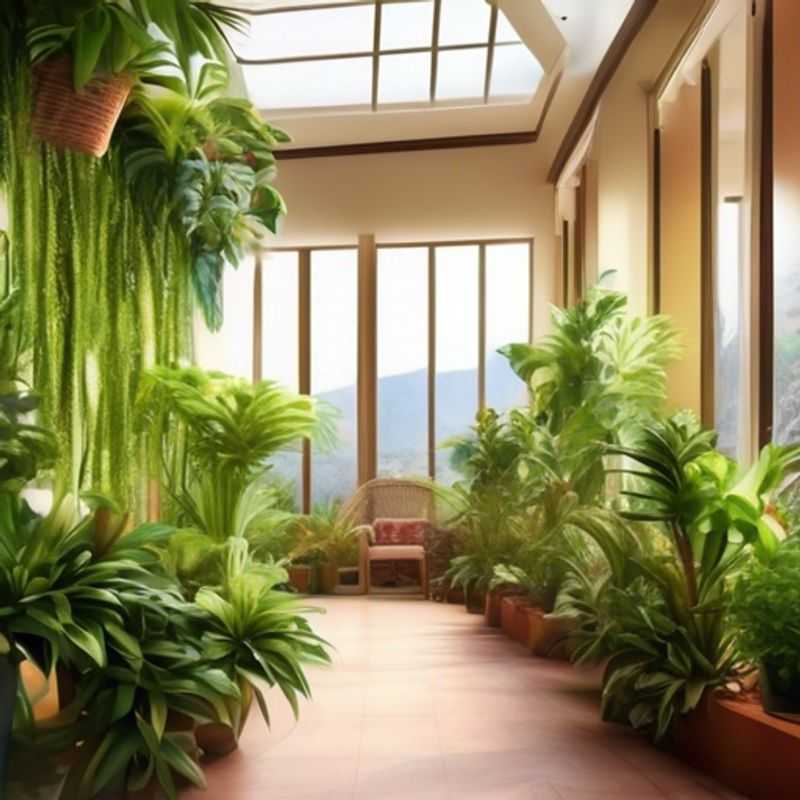
Watering Wisdom: Matching Plants to Your Lifestyle
Knowing how much water your plants need is crucial for their health and well-being. Overwatering can lead to root rot, while underwatering can cause wilting and stunted growth.
Consider the type of plant. Some plants, like succulents, require minimal watering, while others, like ferns, need frequent watering. Research the specific water needs of your plant using online resources or gardening guides.
Check the soil moisture. Stick your finger a few inches into the soil. If it feels dry, it's time to water. Avoid watering on a set schedule, as the amount of water your plant needs can vary depending on factors such as temperature, humidity, and sunlight.
Water deeply, but allow the excess water to drain. This encourages healthy root growth and prevents root rot. Water in the morning, allowing the soil to dry out before nightfall to minimize fungal diseases.
Observe your plants for signs of overwatering or underwatering. Yellowing leaves, wilting, and stunted growth can indicate problems. Adjust your watering schedule based on the specific needs of your plant and your local climate.
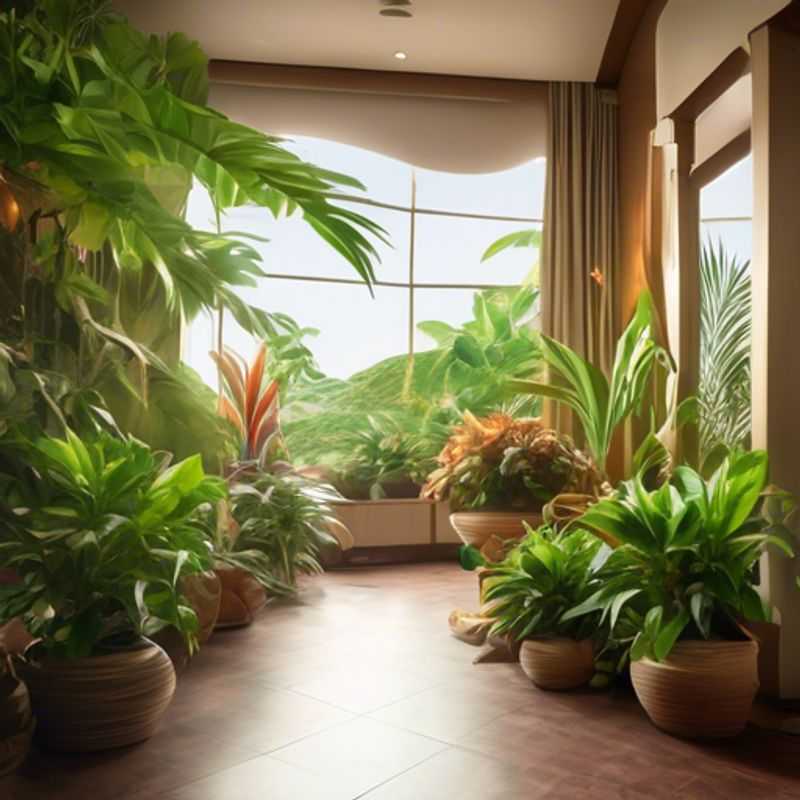
Prevent Root Rot: Ensuring Proper Drainage for Your Plants
Proper drainage is essential for plant health, preventing root rot and ensuring healthy growth. Choose containers with drainage holes to allow excess water to escape. A layer of gravel or pebbles at the bottom of the container will improve drainage and prevent soil from clogging the holes. Ensure the potting mix is well-draining and doesn't retain too much moisture. Overwatering can lead to root rot, so check the soil moisture before watering. Allow the top inch of soil to dry out between waterings. Consider adding a layer of mulch to the surface of the soil to help retain moisture and prevent evaporation. Regularly inspect the drainage holes to ensure they remain clear and unobstructed.
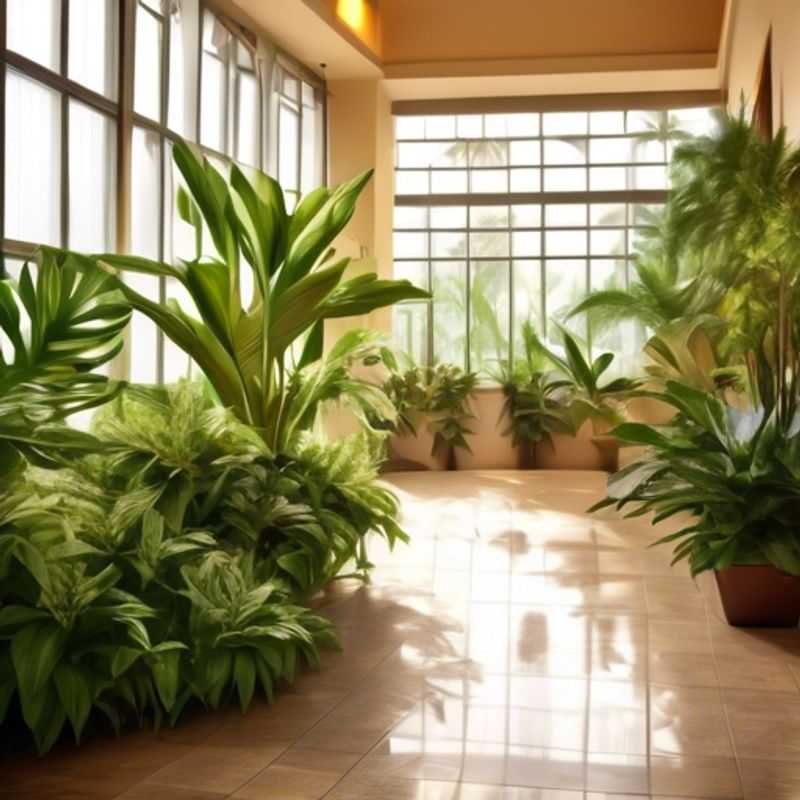
Unlocking Plant Growth: Understanding Fertilizer Needs & Schedules
Every plant needs nutrients to thrive. Fertilizer provides these nutrients, helping your plants grow strong and healthy. To know what fertilizer your plants need, consider their specific needs and the type of soil you have.
Generally, plants require three main nutrients: nitrogen (N), phosphorus (P), and potassium (K). Nitrogen promotes leafy growth, phosphorus supports root development and flowering, and potassium helps with disease resistance.
The best way to determine your plant's fertilizer needs is to test your soil. You can use a home soil test kit or send a sample to a lab. Once you know your soil's nutrient levels, you can choose a fertilizer that addresses any deficiencies.
A general rule of thumb is to fertilize your plants during their growing season, which usually starts in the spring and lasts until late summer or fall. Follow the instructions on your fertilizer packaging for proper application rates.
Avoid over-fertilizing as this can harm your plants. Over-fertilization can cause leaves to burn, stunt growth, and even kill plants.
You can also use organic fertilizers like compost or manure, which release nutrients slowly and are environmentally friendly.
Remember, it's crucial to understand your specific plants' needs and soil conditions for successful plant care. If you're unsure, consulting a local gardening expert can be beneficial.
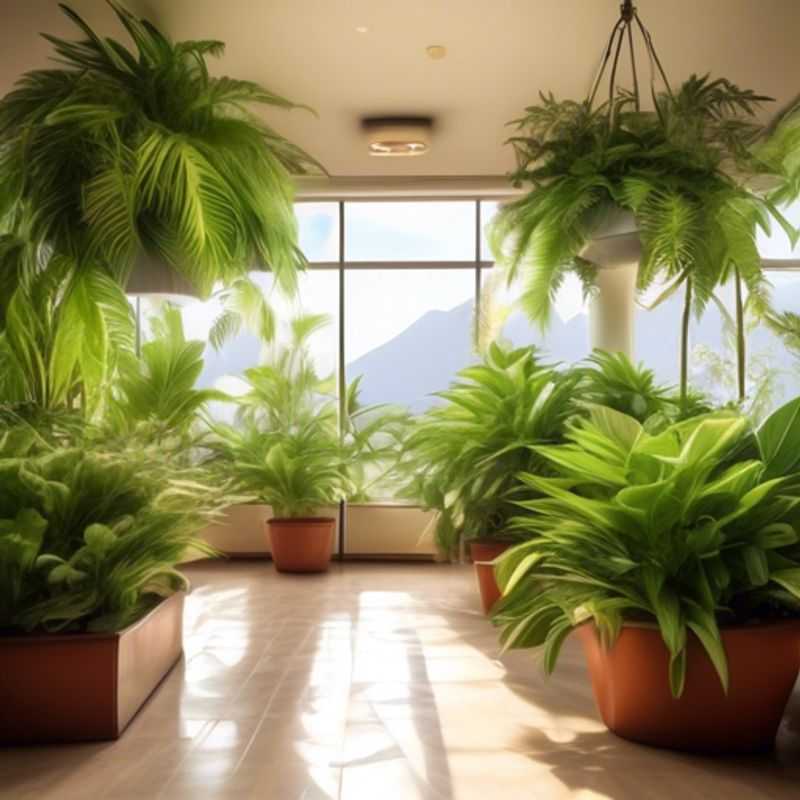
Pre-Purchase Plant Inspection: A Guide to Identifying Pests and Diseases
Before purchasing a plant, carefully inspect it for any signs of pests or diseases. This can save you from introducing unwanted problems into your garden or home.
Look for visible insects, such as aphids, mealybugs, or spider mites. Examine the underside of leaves and stems for signs of infestation.
Inspect the plant for signs of disease, including discoloration, wilting, or spots on leaves.
If you notice any signs of pests or diseases, it's best to choose a different plant to avoid bringing the problem home.
Don't forget to check the soil for signs of pests or disease. This can also help determine the health of the plant.
Taking the time to inspect your plants thoroughly can help you ensure a healthy and thriving garden.
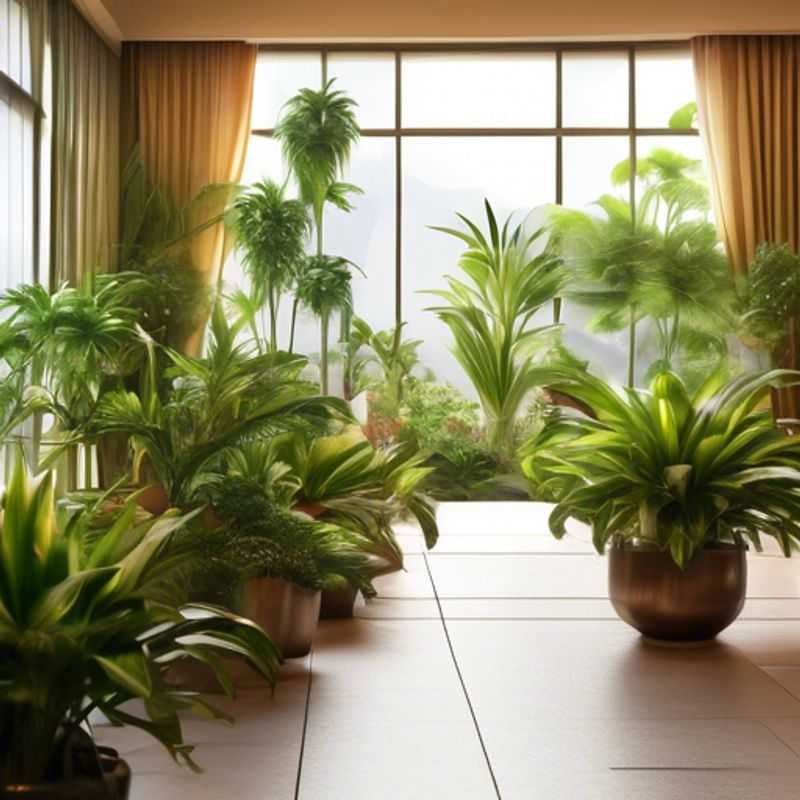
Choosing the Right Plant for Your Space: A Practical Guide
Choosing the right plant for your home starts with considering the available space. Measure the area you want to place the plant to determine the maximum height and width it can accommodate. Consider the plant's mature size, as it will grow over time.
Next, analyze the light conditions in your chosen location. Does it receive direct sunlight, filtered light, or mostly shade? Different plants have varying light requirements. For example, a cactus thrives in bright sunlight, while a Snake plant can tolerate low light conditions.
Finally, consider your lifestyle. How much time can you dedicate to plant care? Some plants require frequent watering and regular fertilizing, while others are more low-maintenance. Choosing a plant that aligns with your available time ensures both its health and your satisfaction.
Remember, researching the specific needs of the plants you are interested in is crucial. You can find this information online or at local nurseries. This will ensure you select a plant that thrives in your home and brings you joy.
